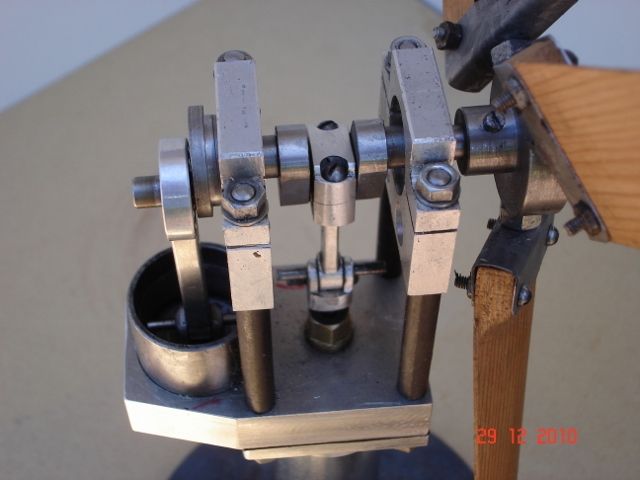It would appear thaf there is some confusion, among the responders, re the allotropes (same element but different physical forms/structures) of carbon. Graphite is down there close to talc on the Mohs hardness scale (talc is designated as 1) and diamond (another allotrope) is designated as 10, at the other end of the scale.
Amorphous carbon will be somewhere between these two extremes. At the atomic scale, graphite is made up of hexagonal plates of atoms which easily slide over one another, amorphous carbon is simply bundles of atoms joined/held together haphazardly and diamond has a very fixed structure where the atoms are regularly spaced and very securely fixed in position – to the point that diamond will scratch/abrade any other known mineral.
Graphite has a very low electrical resistance, amorphous carbon is of variable resistance, but rather more than graphite. Diamond is an electrical insulator.
Motor brushes are made of a chosen mixture, depending on application. Binders are incorporated in the production stages, to maintain form, and then later removed by heating to high temperature.
We used to melt metals such as rhodium in carbon crucibles using induction furnaces. As an aside, carbon does not melt – it sublimes between 3 and 4 thousand degrees Celsius…
Ian S C.




 , a couple of months later I went to reassemble the motor, a BETA type and found that the Teflon had swollen, and the displacer rod would not fit, I had to ream it to make it fit. I think the bush had got some oil on it during the previous year of fairly heavy use. After all these years the motor now needs a new hot end.
, a couple of months later I went to reassemble the motor, a BETA type and found that the Teflon had swollen, and the displacer rod would not fit, I had to ream it to make it fit. I think the bush had got some oil on it during the previous year of fairly heavy use. After all these years the motor now needs a new hot end.



